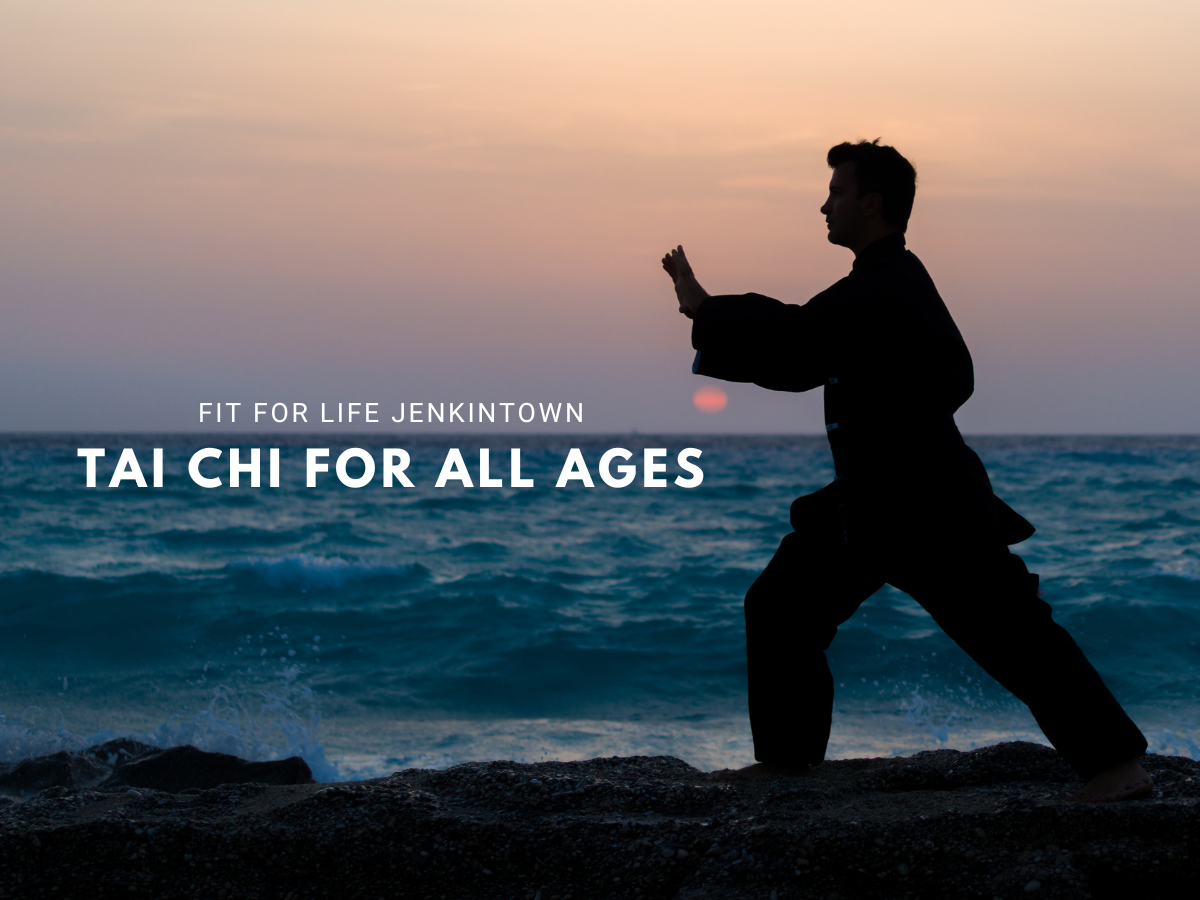As an ancient Chinese practice, tai chi may seem foreign and even intimidating. Only about 1% of the U.S. population, or about 3.65 million Americans, reported doing tai chi in 2015. That means a lot of Americans are missing out on the myriad benefits that tai chi has to offer. The goal of this blog is to make tai chi more familiar, more accessible, and easy to practice regularly even right in your living room.
Mind-body exercises, such as tai chi and yoga, have been gaining popularity over the past few decades. This is not surprising, given the increasing number of studies on the positive effects of these gentler forms of exercise, everything from lowering blood pressure and managing depression to building strength and improving balance. There is even evidence that tai chi may help you live a longer, more vital life.
Studies have confirmed that the mind-body practice of tai chi produces a state of relaxed attention, in addition to improving balance, muscle endurance, cognitive function and overall quality of life.
Tai chi is low impact and puts minimal stress on muscles and joints, making it generally safe for all ages and fitness levels. In fact, because tai chi is a low-impact exercise, it may be especially suitable if you’re an older adult who otherwise may not exercise. It’s also great for younger adults looking for a break in high intensity, high impact exercise that can damage joints over time.
You may also find tai chi appealing because it’s inexpensive and requires no special equipment. You can do tai chi anywhere, including indoors or outside. And you can do tai chi alone or in a group class.
Although tai chi is generally safe, women who are pregnant or people with joint problems, back pain, fractures, severe osteoporosis or a hernia should consult their health care provider before trying tai chi. Modification or avoidance of certain postures may be recommended.
Reference: An Introduction to Tai Chi | Tai Chi Benefits for Young Adults | Tai Chi Mayo Clinic | The Effect of Tai Chi on Dynamic Balance in Younger Adults

